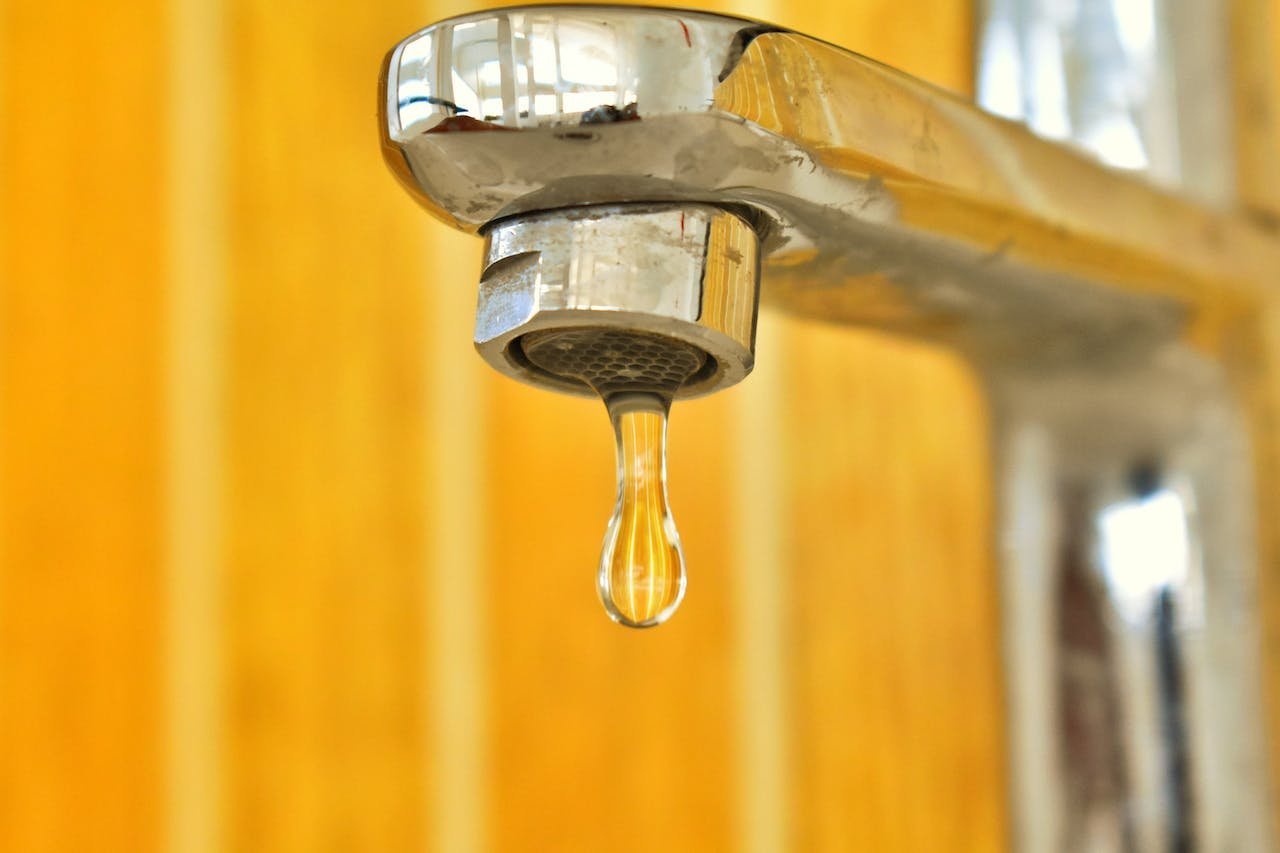Ensure Purity From a Well
Well water contaminants can harm human health or at least affect the water's taste and smell.
Wells contain water filtered naturally by layers of rock or soil. Still, they are not immune to contamination. Therefore, protecting a household's or community's health hinges on understanding well water purity and how to achieve it.
Here is a closer look at common contaminants and how to keep well water pure:
Common contaminants in well water
Well water contaminants can harm human health or at least affect the water's taste and smell. Common contaminants are arsenic, bacteria, hydrogen sulfide, MTBE, nitrates, PFAS, radionuclides, radon, trihalomethanes, and uranium.
If the well is compromised due to a faulty pump, it might need purification after repairs. This ensures that the water storage stays safe for use. Consult the pump repair team to ensure the well is properly closed off and purified before pumping the water throughout the house.
Understanding water purification and filtration
Many people may use the phrases "water purification" and "filtration" interchangeably. However, they are distinct. Purification involves disinfecting or modifying a water supply to remove contaminants like bacteria and viruses. On the other hand, filtration is more about removing inorganic matter like minerals or metals and might remove some contaminants affecting water quality, but it doesn't guarantee purification.
Methods to purify well water
Let's explore ways to purify well water, each with separate use cases and considerations:
UV purifiers
UV purifiers purge microorganisms with ultraviolet light. The high energy waves from the light alter their DNA and stop them from multiplying. UV purification instantly disinfects, killing bacteria, viruses, protozoans, and more.
Chlorine disinfection
Chlorine disinfection mimics public water supply methods, disrupting cellular walls. It's possible to chlorine-disinfect through shock chlorination for emergency disinfection or chemical injection systems for more standard treatment.
Reverse osmosis
Reverse osmosis combines filtration and purification. The semi-permeable membrane traps contaminants, removing bacteria, viruses, and other contaminants.
Boiling water
Boiling is a simple way to purify water; boiling it for three minutes will kill most parasites and germs. It's best for emergencies due to the effort involved.
After boiling water, the vapor gets colder and condenses into droplets. Distillation removes microorganisms and impurities that can't vaporize.
Filters
Oxidation filters use chemicals or oxygen to oxidize dissolved impurities like manganese, iron, and hydrogen sulfide, trapping them in a media bed.
Sediment filters are great for high-sediment well water. They physically remove large particles like sand, silt, and dust.
Carbon filters use natural media to absorb common contaminants like chlorine, fluoride, and pesticides.
Preventive measures for well water safety
Anyone who gets water from wells should adopt measures to reduce the risk of contamination:
Slope the ground around the well to ensure surface runoff.
Seal the well cap and have it properly in place.
Inspect the well often and record the maintenance.
Avoid hazardous chemicals near the well.
Properly distance waste and septic systems from the well.
Pure drinking water
Well water purity requires careful attention, such as testing, understanding the contaminants, and the appropriate purification and filtration. Preventive measures can reduce the risk of contamination to keep the quality and safety of well water high. However, leave the trickiest of these measures to pump maintenance professionals well, as it's a matter of health and safety which must not be taken lightly.
Residents of Lake Butler and surrounding areas trust Perry-Pump Repair Services for professional well inspections, sediment filter replacement, constant pressure systems, and workhorse solar pumps. Contact us for free pump repair and low-pressure estimates.

